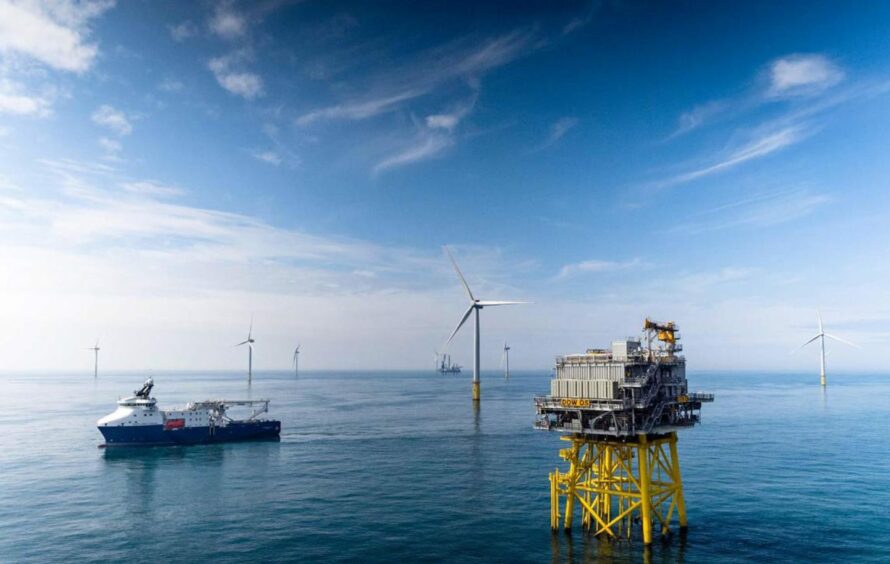
Wood Mackenzie has said “no major country is on track to meet their 2030 emissions reduction goals” following a recent report.
The analyst firm has released its ‘Energy Transition Outlook 2023’ report which states the average annual capital expenditure needed to reach net zero will be $2.7 trillion (£2.16t).
Of the necessary capex forecast between 2030 and 2050, 79% will need to go towards “Power and renewables” while upstream oil and gas investment will account for 7%.
The remaining cash will go towards the power grid, electric vehicle infrastructure, hydrogen, carbon capture utilisation and storage, and M&M.
The analysts found that between 2010 and 2022 average annual capex was $2 trillion with 57% of spending going towards upstream oil and gas.
Simon Flowers, chairman and chief analyst at Wood Mackenzie, said:“Net zero pledges now cover 88% of annual global emissions. But no major country is on track to meet their 2030 emissions reduction goals, let alone net zero.
“Policy landscape is shifting to direct incentives and targeted support to accelerate the development of new technologies, but countries need to urgently address obstacles including permitting restrictions and constraints in the electricity supply chain.”
The Wood Mac chairman added: “The supply of low-carbon energy has grown by a third since 2015, but the world’s energy demand has grown much faster with rising incomes and populations.
“The good news is that sustainability is alive and kicking, spurred on by policy including the introduction of the US Inflation Reduction Act and Europe’s REPowerEU.
“Achieving 1.5C is going to be extremely challenging, but it is possible and greatly depends on actions taken this decade.”
To meet the 1.5-degree target, urgent action is required now to build low carbon power supply and infrastructure at a fast pace, according to Prakash Sharma, vice president of scenarios and technologies research at Wood Mackenzie, and lead author of the Energy Transition Outlook 2023 report.
The report outlines that only the UK and European Union “come close to meeting the 2030 emissions reduction targets.”
In Wood Mac’s base case, energy-related emissions will peak in 2027 and fall roughly 25% by 2050 from 2019 levels.
The report shows that low-carbon energy’s share of final consumption will grow to 14% by 2030 and 28% by 2050.
Currently low carbon supply accounts for 42% of power generation, under Wood Mac’s base case this is expected to rise to 78% by 2050.
The share of wind and solar increases from 13% today to over 53%, while total power demand doubles, according to the forecast.
Mr Sharma said: “Electricity will become the largest energy market, overtaking oil and gas as a fast-response, low-cost, and efficient energy source.”
It is worth noting that fossil fuels account for 69% of end-use energy demand in 2023, and in the base case, this will fall to 53% by 2050, triggered by greater end-use efficiency and electrification.
Mr Sharma said: “Oil and gas still have a role to play as part of a managed transition. There will be a natural depletion as low and zero-carbon options develop but supply still needs to be replenished as we move towards net zero.”
Recommended for you
